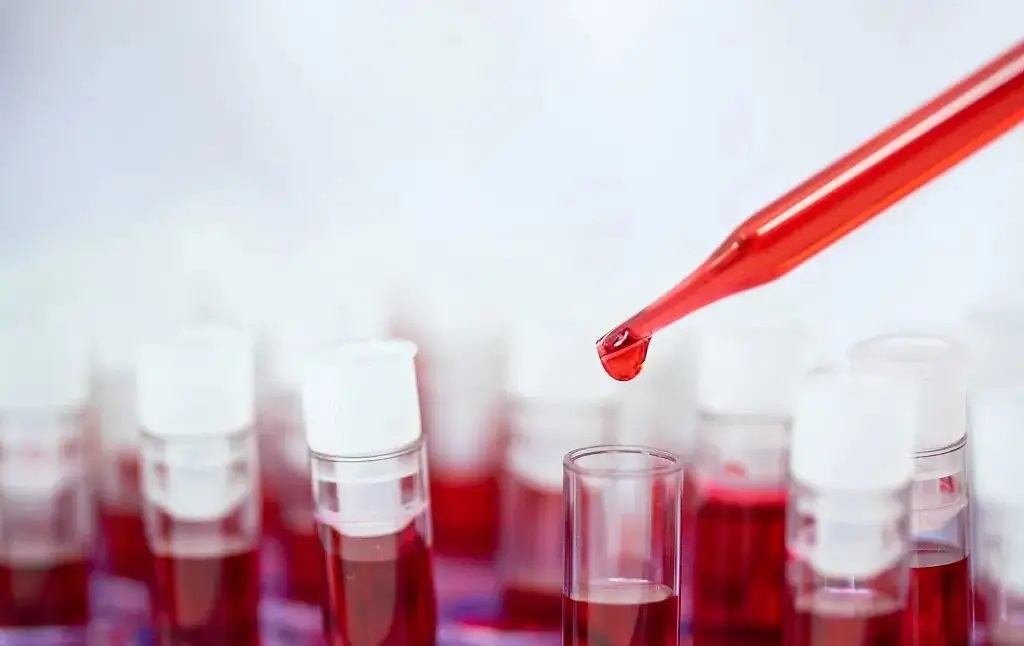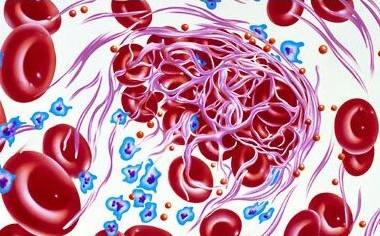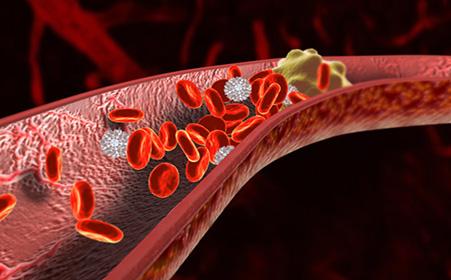-

Succeeder High-speed ESR Analyzer SD-1000
Product advantages: 1. The coincidence rate compared with the standard Westergren method is greater than 95%; 2. Photoelectric induction scanning, not affected by specimen hemolysis, chyle, turbidity, etc.; 3. The 100 specimen positions are all plug-and-play, supporting ...Read more -

SF-8200 High-speed Fully Automated Coagulation Analyzer
Product advantage: Stable, high-speed, automatic, precise and traceable; The negative predictive rate of D-dimer reagent can reach 99% Technical parameter: 1. Test principle: coagulatio...Read more -

2022 CCLTA Blood Coagulation Medical Equipment Exhibition
SUCCEEDER invites you to the 2022 China Medical Equipment Conference and Medical Equipment Exhibition. Co-sponsored by the China Medical Equipment Association, the Laboratory Medicine Branch of the China Medical Equipment Association, ...Read more -

The clinical significance of ESR
Many people will check the erythrocyte sedimentation rate in the process of physical examination, but because many people do not know the meaning of ESR test, they feel that this kind of examination is unnecessary. In fact, this view is wrong, the role of erythrocyte sed...Read more -

Final Changes Of Thrombus And Effects On The Body
After thrombosis is formed, its structure changes under the action of fibrinolytic system and blood flow shock and regeneration of the body. There are 3 main types of final changes in a thrombus: 1. Soften, dissolve, absorb After the thrombus is formed, the fibrin in it ...Read more -

The Process Of Thrombosis
Thrombosis process, including 2 processes: 1. Adhesion and aggregation of platelets in blood In the early stage of thrombosis, platelets are continuously precipitated from the axial flow and adhere to the surface of the exposed collagen fibers at the intima of damaged bl...Read more








 Business card
Business card Chinese WeChat
Chinese WeChat English WeChat
English WeChat